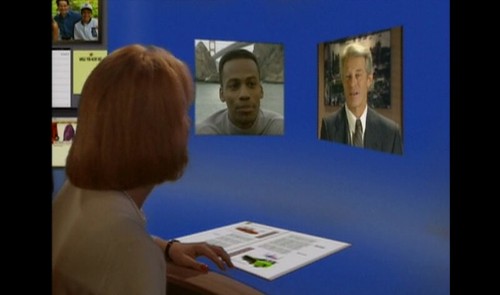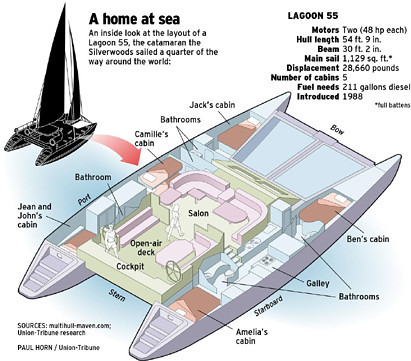In a project from 1992 (!) called “STARFIRE A Vision of Future Computing“ the well know Interaction Designer Bruce Tognazzi “… launched a project at Sun Microsystems in an effort to both predict and guide the future of computing…

http://asktog.com/starfire/starfire.mp4
…The output of this effort was threefold:
- Starfire, the Movie, showing a day in the life of a knowledge worker in the far-off distant year, 2004.
- Starfire, the Book, entitled Tog on Software Design, which not only covers the film in intimate detail, but lays out several more equally thought-provoking scenarios developed during the initial phase of the project.

- Starfire, the Paper, originally published in CHI Proceedings, outlining the rules we followed in attempting to build a scientifically accurate video prototype…
(from: http://asktog.com/starfire/) Unfortunately I couldn’t find an embedded version of the video but please enjoy it under the following link. It’s real fun, because some of the occurring things remind me on (meanwhile) existing apps like iChat,…
http://www.skypejournal.com/blog/archives/images/iChatTiger.jpg
But again (like mentioned in Paper), I am fascinated about the opportunities of prototypes. In that case the video really gives you a clear imagination of “things” which do not exist yet. And this can definitely help e.g. collect feedback from users, or to get venture capital for a new product, … Technorati-Tags: bruce tognazzi, starfire, video prototyping







